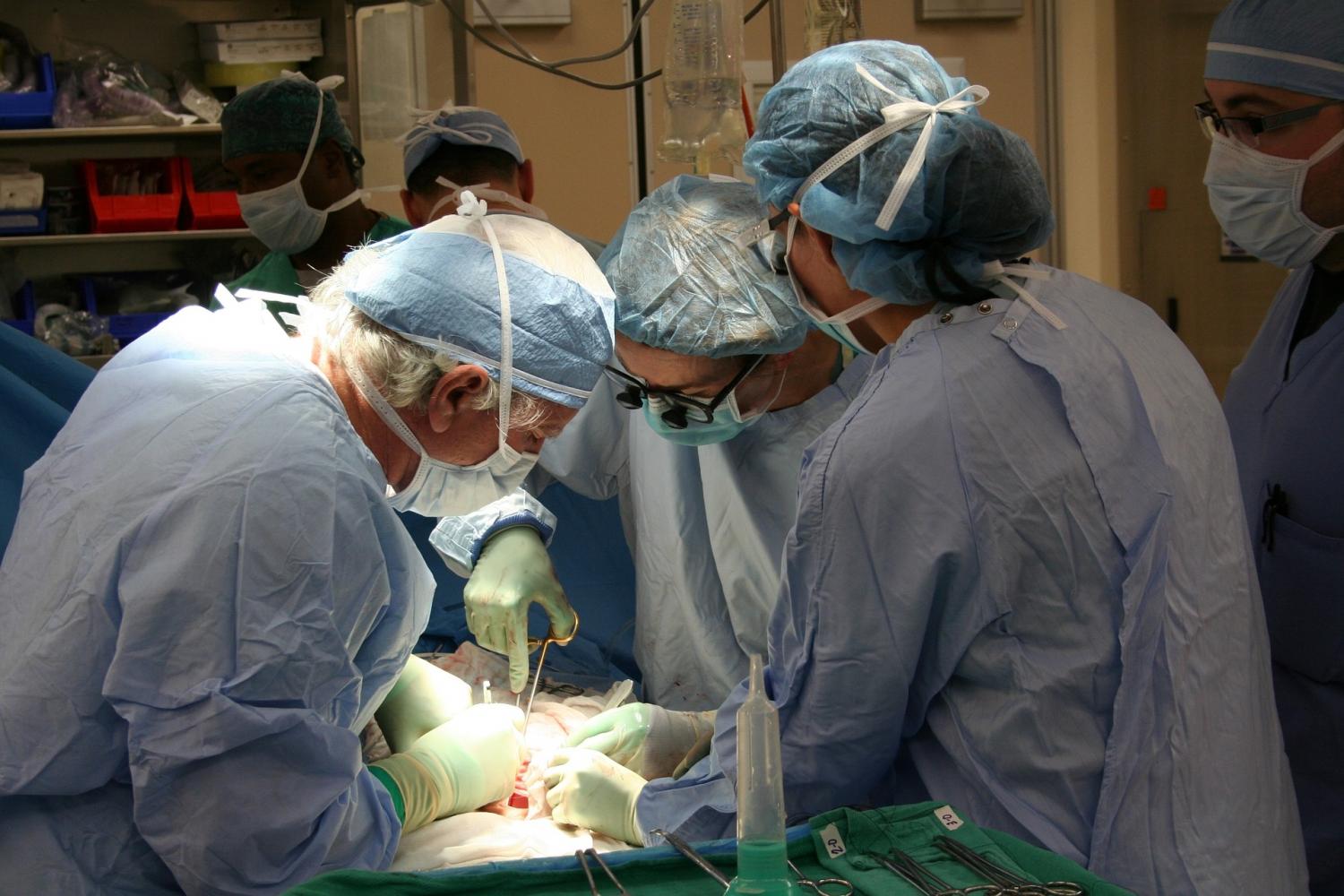
5 ways your desk job could be secretly hurting you
With some experts calling sitting the new smoking, many of us who work in an office setting are rightly concerned about the effects of a sedentary lifestyle on our health. Fortunately, you can make smarter, healthier decisions if you know about the risks of sitting at a desk all day long.
1. Leg problems. Your body was made to move, and a lack of physical activity can lead to poor circulation and blood pooling in your legs. Excessive sitting can even lead to blood clots or thrombosis, according to Thrombosis Canada. Like most other conditions here, a few simple stretching and walking breaks can help lower your risk.
2. Sick building syndrome. Did you now that the air inside a building can be up to 100 times dirtier than the air outside? You're also exposed to a mix of unhealthy gases, chemicals and pollutants from air conditioning, dangerous bacteria and mould. To combat this, make sure to head outside for some fresh air during your lunch break.
3. Weak glutes. An inactive desk life can cause you to lose muscle tone, but recent headlines claiming that sitting makes your glute muscles completely break down are exaggerated. As long as you keep up with your gym routine, you won't hurt your toned physique.
4. Mental health issues. Working long hours, tight deadlines and overexposure to harsh lights can all contribute to stress, which may lead to mental health issues like depression and anxiety. Even motivational company meetings can sometimes lead to feelings of depression, as forcing people to feel positive can serve to highlight how unhappy they might be.
5. Serious illnesses. Research shows excessive sitting and other hazards that come with working an office job can increase your risk for cancer, heart disease, arthritis, and obesity — all of which can also up your chances of developing an irregular heart beat (atrial fibrillation) and blood clots (thrombosis). Ergonomics specialists recommend switching up positions every eight minutes and taking frequent two-minute moving breaks.
Find more information at www.thrombosiscanada.ca / www.newscanada.com









